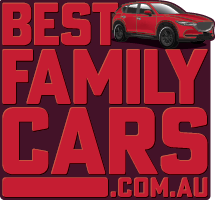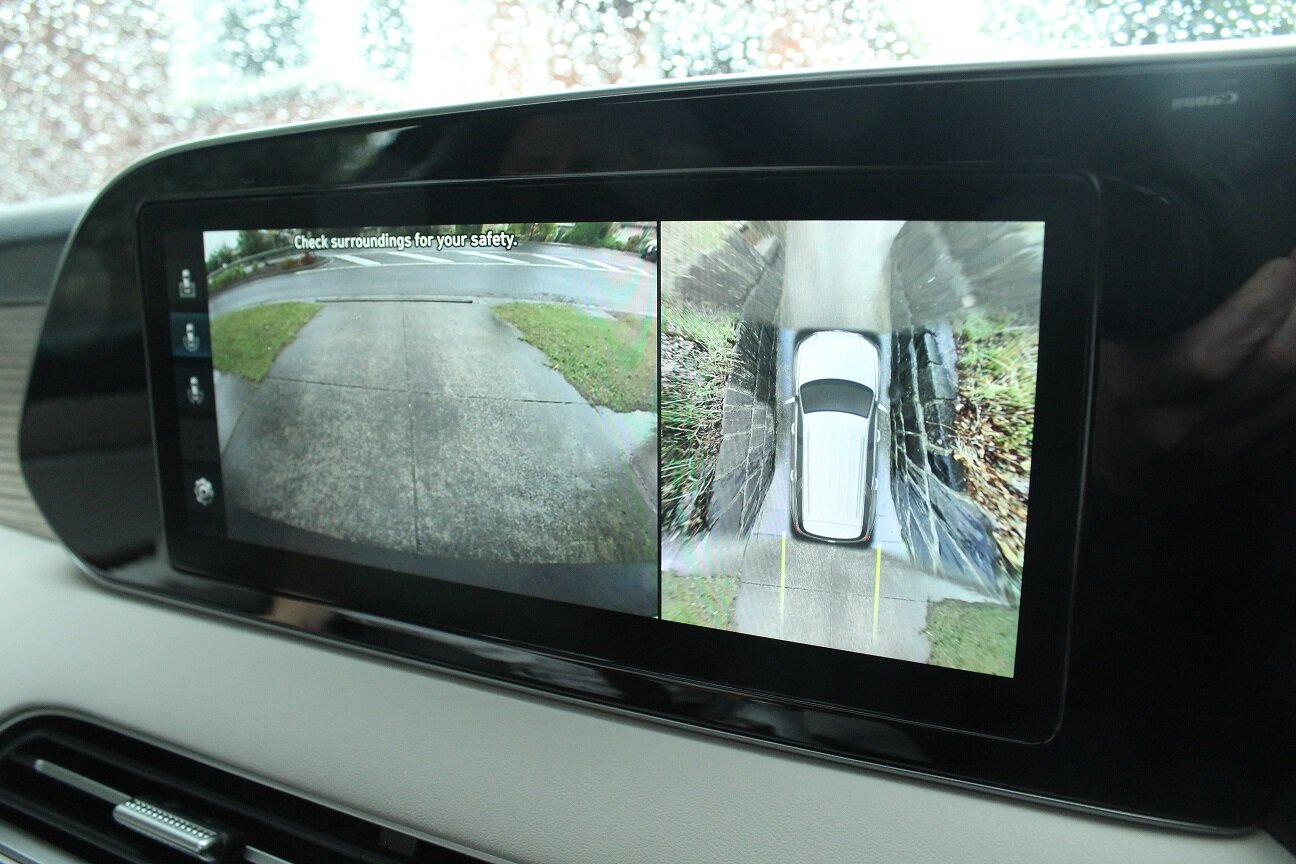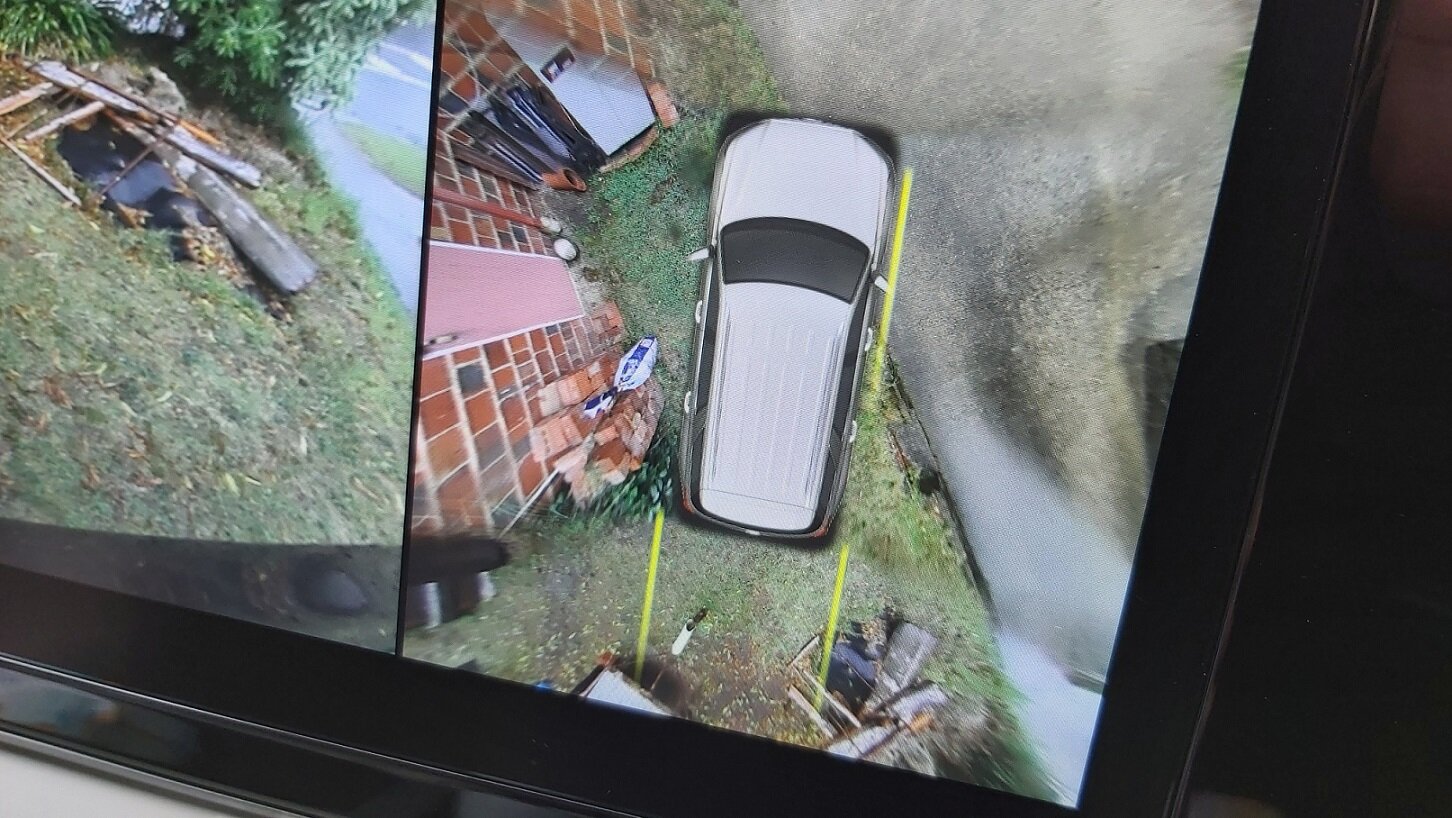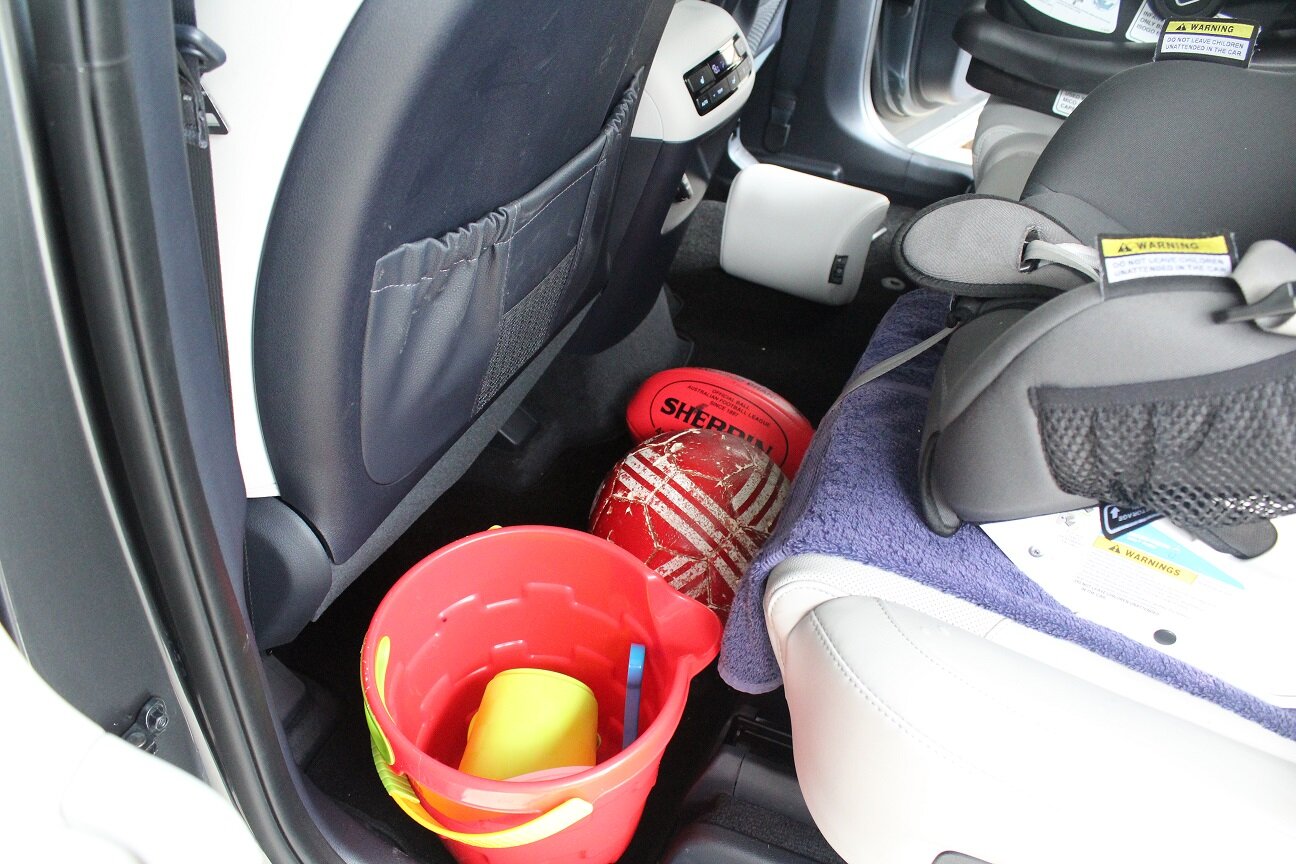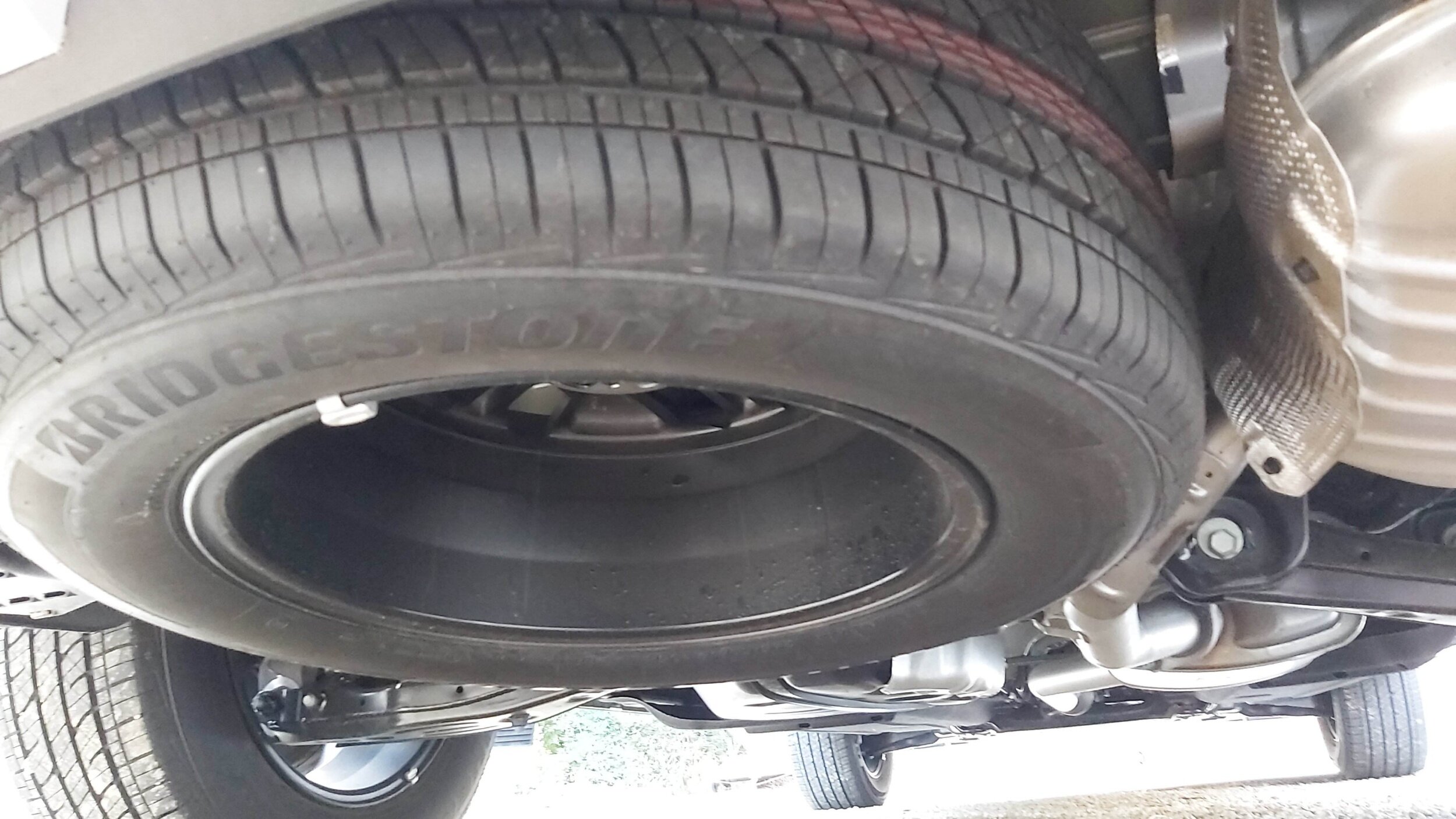Hyundai Palisade Review and buying guide
When you want a spacious, luxurious and highly capable LandCruiser but have no intentions to drive off-road, Buy Hyundai Palisade instead: a big, 8-seat SUVs that roars with value
You need a big car. In fact, you probably just want a big car.
Let's be completely honest here. You want excessive space, vast, body-hugging and heated (and cooled) leather seats, with a massive boot and blingy 20-inch wheels. And you wanna ride high and look down on everything that doesn't have a two-inch lift kit on it.
You wanna impress, cruise and 'keep it real'.
If this is is you, complete with Ray Bans over slicked hair and Vans t-shirt, chances are you have no intent on towing anything bigger than a jetski or small 6x4 trailer.
You want a Range Rover or LandCruiser or maybe an X5 or you’re pondering a Nissan Patrol. Perhaps you even dream of an American style ('style' probably not the right word) suburban like the Chevy Suburban, Ford Explorer or Cadillac Escalade. But they're all left-hand drive conversions, and they're not officially imported into Australia by their brands.
But if you can't actually afford any of these expensive, excessive vehicles. There is an alternative, especially if you don't want a heavy, cumbersome, hard-core 4X4 like the Nissan Patrol or a Prado, but you still want that gangster-working-for-the-FBI look.
I think you need the Hyundai Palisade. Or at least, you need to consider it.
2021 Nissan Patrol Review: ‘Want’ vs ‘Need’ in a seven-seat 4X4 wagon_
Mitsubishi Pajero Sport Review: Not a LandCruiser and that’s okay_
When you first see the Palisade in the flesh, it seems enormous.
It's 4.9 metres long, with a 2.9 metre wheelbase, and you've got a decent 203mm ground clearance. These might seem like big numbers, and with its vast grille and whopping great doors swallowing everything you put in their path, and wheelarches which could house a small tractor tyre - it all spells 'leviathan'.
But the only real measurement that counts is length. And it's only about 300mm longer than a small sedan. Pretty much all carport spaces are essentially the same size, give or take, and lane width is trivial.
And the 135mm of additional wheelbase in Palisade over the Santa Fe translates into superior cabin space. Extra room for stuff, more legroom and actual access to row 3. Not human origami.
This is Palisade's strong suit. It's big only where it counts. And that includes behind row 3.
It’s also an extremely comfortable vehicle to just sink your backside into. The seats are big and very supportive, and the heating function includes the seat back and seat base, but also comes up to your lower thigh, which, in many vehicles with heated seats, is an area bereft of warmth.
The steering is appropriately light for ease-of-parking, but weighty enough that you can weave it through twisty driving roads. And visibility, with your mirrors correctly adjusted, is quite good and nothing like the uninformed would have you think. The only area you might need to watch is poles, road markers and stumps down the side of the vehicle from the back doors to the rear wheel.
IMPERFECTIONS: In Brief
Palisade isn’t perfect and it even has some gripes, which I ultimately learned to accept over the course of my two week loan period of the petrol and diesel versions (a week each) courtesy of Hyundai Australia.
However, there were some bugs which might be big problems for you as a potential buyer. Let's talk about them all.
Wheelspin: Particularly in the 3.8 litre V6 petrol, on an uphill take-off from the lights in ‘sport’ mode, it is quite easy to spin the front wheels. They’re unloaded from the vehicle’s full weight because of gravity, so you can light them up briefly, if you’re a bit too Gung Ho. In the wet, it barely takes 15 per cent throttle an you have to be gingerly.
The diesel isn’t as aggressive on the front wheels despite having superior low-RPM power available compared with the petrol.
Reverse AEB: This feature, on my sloped driveway, engaged way too early when reversing toward (but not onto) a single-lane each way suburban street where an oncoming vehicle was approaching. Considering I was crawling at about 5km/h, and I wasn't actually going to have a crash, this emergency all-stop was a bit of an overreaction.
For all intents and purposes however, to the system, based on my speed, braking pressure and the Bogey's approach speed, it probably did look like an impending crash. So it’s important for you to realise this is a nuance of this tech you have to account for. All tech is like this, and if this feature works once and saves your learner adult child making a fatal mistake on a blind country road or friend’s foreign driveway, it’s worth every false positive that annoys you.
Certainly on my corner, I’d rather know it works too well, than is simply unable to detect and react.
Footwell: In the drover’s footwell, as I swivel my right foot toward the brake pedal, there’s a very light impediment, which I think was a cable, that touched the tip of my shoe. You might wanna investigate this if you have exceptionally big feet. If you left-foot brake, all clear.
360 degree camera: The image stitching at corners of the screen needs work. It’s not awful by any means and it's certainly easier to interpret than the black graphic boxes on Mazda CX-9's camera system.
But the environment around the rear hind quarters, behind the rear wheel arch but not quite at the rear bumper, can get blurred and stretched as the cameras at the back and side try to marry the images together on the screen. Also, the dynamic guidelines which indicate where your wheels are tracking, well, they’re not that accurate.
You have to be careful, if navigating in a tight space, that you don't misconstrue something as being out of your trajectory when it might still be on a collision course. I scratched Prado in this spot once, on a reflective road marker.
Just don’t mistake this as meaning Palisade is hard to park. It’s definitely not. In fact, it’s often quite easy because if you’re inside the white lines on your side, the passenger side is perfectly inside. As opposed to making your side fit and having too much room on the passenger side, requiring you to wriggle over.
Roof lining: While I could enjoy the funny side of being able to write ‘BestFamilyCars.com.au’ in the headlining of the roof, I can see that furry suede type material getting absolutely filthy with kid fingers.
Haulage Wars
You can genuinely have seven or eight in here, and still get luggage in the vast boot. In most seven-seat SUVs, boot space past row 3 is generally a cynical undertaking. Or your stuff goes on laps, the roof or squashes into whatever available space there is in the footwells.
Palisade can take it all - twin prams, the shopping, scooters and bikes, tents and eskis.
The boot is exactly 1360mm at its widest, 1130 at its narrowest, and 1105mm between the wheelarches. You could literally fit two twin strollers between the wheelarches.
Height-wise, it's 865mm to the roof (but try to avoid packing that high - you need rearview mirror vision in this car), and it's 810mm to the top of the boot Aperture, which rakes inward about 200mm bottom-to-top. While that might sound like the tailgate will impact big objects when you close the hatch, it's quite vertical, so that's unlikely to happen.
The boot floor, with row 3 folded, is 1270mm long, and 1100mm to the top of row 2's headrests. With row 3 deployed, you get 280mm of length to the top of row 3's headrests with the seatbacks fully reclined; in their most upright position, you get 400mm to the top of row3 and 530mm to the bottom of row 3.
And then you can configure the seats depending on how long things get, like tents or surfboards etc.
Unfortunately, if you have your hands full and need to deploy row 3, pulling the strap will bring the seat up, but it won’t lock into place because, obviously, you have the release strap actioned. So you need a second hand to hold the seat back upright while you let go of the strap and Velcro it in place. If you’re clever, you can pull the strap, get the seatback upright and quickly let go of the strap, putting your hand instantly onto the seatback and locking it in. But you have to be swift or it’ll drop back down.
It’s also a cinch to clip those top tethers in without having to overreach, and you can happily stand in the row 2 footwell to lean over and clip it in if you’re a bit short.
Your Ultimate Child Seat Installation Guide: Common mistakes and getting it right_
The driver and front passenger's cockpit area has plenty of storage space for Chinese takeaway and coffee thermos cups. And big phones, tablets, the carkeys, the hyper-expensive hand moisturizer and the aforementioned Ray Bans. It’s really convenient having multiple places to put various things; unlike some interiors where certain items must go in designated spots, either because that’s where the carmaker has put them or because it’s the only place something like a large phone or a travel flask or a wallet (remember those?) might actually fit.
The pop-out cup holder cradles are neat, but be mindful not to over-enthusiastically try to put them away and get heavy-handed. I don’t mean they feel flimsy or liable to break - they’re actually surprisingly sturdy - I just mean that these kinds of clever ideas can sometimes meet unintended fates. Over the years, you’ll wanna make sure kids don’t see them as a toy. Ditto, the roll-top cover feels quite robust and should be problem free for many years of ownership. Oh, and there’s a wireless charger in that centre storage bin.
Another excellent touch is the properly deep centre console. It’s huge. There are two power outlets in there (one USB, one 12-volt). And the lid is wide enough that both yours and her elbows can rest upon it without bumping.
I love the row 2 step inside the door sill which allows kiddo to clamber up and hop into his seat all by himself. This means less awkward weightlifting holding kids away from your body (bad in OH&S lifting procedures - always keep the weight close to your body). And the row 2 seat base comes out far enough that there’s space to place a foot and plonk his bump into his seat, again without mum or dad having to lift him over the crutch buckle.
Further benefits to mum and dad are how wide the row 2 doors actually open. In some vehicles, particularly small and mid-size SUVs, the doors rarely open wide enough to actually allow a full-size bloke to get into the door cavity in order to buckle kids in or hold a bag and grab something else. Like, you’ve opened the door, now it needs to get the hell out of your way. Mazda CX-9 does this really well, opening essentially at a 90-degree angle; Palisade reaches about 80 degrees.
Notice also, because the roof tapers inward and the floor is about a foot wider than the roof (as is the case in many new cars, not just Palisade) if it’s raining, that outboard seat, the carpet and door sill is gonna get drizzled on. So be quick.
2020 Mazda CX-9 Review: The affordable luxury seven-seat SUV_
One inconvenience - or two, actually - is the lack of roof-mounted grab handles on the passenger side, and the apparent deletion of one on the driver’s side despite an indentation in the roof lining.
Now, Palisade is the same size, roughly, as a LandCruiser. And sometimes, yeah, that grab handle would be very helpful. Especially since you’re climbing up, and doing so in the wet could be potentially hazardous if you’re not the fittest. Or it could simply be wet and you slip awkwardly trying to get in without that grab handle, because the only other grabbable item is the steering wheel, but it’s not angled correctly for a hand. Not a deal-breaker, but it’s a potential issue.
The joyful aspect of Palisade's size is the amount of useful space without going to the point of being excessive - contrary to its American proportions.
There’s enough room ahead of the kid for him to just touch mum’s seat with his feet, but there’s ample room forward of mum so she can inch the seat forward to remove his ability to kick, without turning her footwell into Solitary Confinement.
Palisade’s wheelbase is almost the same as the Kia Carnival, but not quite. What this means, at least as I found it, is that there is enough space without being too much. It’s cost, not claustrophobic, it’s spacious, not cavernous, which means you can reach things without having to climb over, or overreach and pull a neck or shoulder muscle, nor do you need to completely unbuckle and get out just to reach a drink bottle or toy on the floor.
The proportions are just right.
So much so, you can stand in the row 2 footwell for lifting heavy things into or out of the boot, or to instal a child restraint, or to fix a kid-related thing on the right-hand side of the vehicle but from the left-hand side of the car, ie the shoulder-side of a busy B-road or major highway.
I quite like Palisade’s relatively big boot space with row 3 down, especially for cramming full of the various kids+camping paraphernalia you’re gonna need to take on those first big trips you do after having kids and getting them big enough to take away. You have to take everything, right? And it’s the miscellaneous bags of bits-and-bobs which can easily turn your satisfied boot-packing OCD into a tingling spidey sense.
There are some basic rules with packing a big boot of stuff to go away, especially when you have ‘limited’ space. And unforunately, all those other reviews of Hyundai Palisade will quote the volume of litres available to you - which is completely and utterly meaningless to you. Unless you’re packing crates of milk, however-many hundreds or thousands of litres you can fit means two-fifths of stuff-all. What you need is physical dimensions, so you can figure out if the five-person tent is gonna fit.
Happily, I did that in Palisade, and it does.
I managed to get our medium-size eski and the Black Wolf tent into the boot (with row 3 down), just to give you a sense of scale. I could’ve literally packed everything you see in these photos, but it was tiring enough moving things in and out already, and I was pressed for time. But you can see how much room there is without having to obscure the driver’s rearview mirror. Items you can see here are a Steelcraft stroller, a portable highchair, small eski, the kid’s balance bike, porta-cot, the pram for the capsule (fitting into row 2 driver’s side with inches of room to spare), and if I’d actually tried to pack considerately, there would’ve easily been room for the big eski and luggage bags, plus food bags either in the boot or row 2 footwell.
That Black Wolf tent is bloody heavy. And awkward. And I keep pretty fit. But I wanted to demonstrate how configurable the boot really is. It’ll go diagonally, or could happily fit in lengthways with a row 2 seat folded. But if it were me, I would have a set of roof racks and get that tent up top to free-up space for dry items in the boot.
I can see the pro and the con of having a roof lining material you can write and draw on. While it might be easily seen as something to get dirty and sticky, you might also see it as a simple entertainment for kids just old enough to know to wash their hands.
As mentioned, that boot aperture and the inner dimensions are impressively well-sized. It was a bit of a struggle getting that heavy tent width-ways in the boot like that, but it is possible. And there are seatbelt holders which will tether the seatbelts nicely out of the way when things are getting practical in the boot.
However, there is a tendency for the row 3 seatback deployment tether to fall forward or to the side when folded away. This means when you do go to engage the row 3 seatbacks, if you’re not six-foot tall, it can be hard to reach the tether if it hasn’t been stuck in place by the Velcro, or if it has been pushed there when loading/unloading stuff in the boot.
Let’s talk about the engines in Palisade, just briefly. You have two choices: petrol or diesel.
The petrol is a 3.8-litre V6 with 217kW of peak power, but you can only have it in front-wheel drive. Or;
The diesel is a 2.2-litre four-cylinder with 147kW of peak power - which seems like ‘less’, but is ‘more’ because it’s available lower in the revs (3800RPM) than the 217 in the petrol which has to hit 6000RPM.
If you’re a strict city dweller, I don’t see the need for the diesel and the commitment to keep the DPF system healthy. Not that the Hyundai system has any know issues - it’s actually proven very, very good in-service - but I just don’t see the need to add that requirement to your driving if you don’t do freeways regularly. The petrol will still give you 700-plus km of driving to a 71-litre tank.
However, if you do like those infrequent or occasional getaways, touring around the place, definitely get the diesel. It’s so smooth and comfortable, effortlessly cruising up and down the freeway with heaps of power for smooth, quick overtaking and economy is excellent (7.3L per 100km, combined cycle).
Another couple of points for and against Palisade involve the back seat (row 2). Kiddo can happily reach his water bottle in the centre fold-down cupholders.
And in row 2, sitting behind the driver, in the footwell, there’s a little ‘Harmon Kardon’ amplifier box screwed to the floor under the seat which you’ll wanna make sure not to kick.
Some really convenient packaging in the Palisade is around the fitment of a full-size spare wheel (underneath the vehicle at the rear), and the easy-access floor panel which puts the jack, any towing kit like towbar and D-shackles all within your reach. If the boot is only in partial use, you don’t have to unpack the bloody stuff to access the tyre-change equipment. And it means the dirty, deflated wheel can stay dirty and wet on the outside of the vehicle by having it stored externally and underneath.
This is doubly good if you’ve recently driven through cowshit.
I also appreciate the simplicity of storing and accessing the retractable cargo blind in this same sub-floor panel, where there’s a dedicated spot to lock it in place, and there’s no angling or rotating or anal-retentive way of stowing it away. It just goes in. And that sub-floor panel is one piece, and it’ll take a decent amount of weight, like an average-size human, kneeling on it if you need to climb into the boot. I once knelt on the boot floor clambering into a Mazda CX-9 and heard a faint ‘crack’ underneath me.
If you’ve been eyeing off a LandCruiser, but you live in a major metropolitan city, I would encourage you to have a look at the Palisade first because it’ll do all the people moving and luggage loading you demand, without the additional weight burden of about 300kg worth of hardcore off-road mechanical equipment.
The outgoing LandCruiser 200 Series weighs 2.7 tonnes - without people or stuff - and a full tank of diesel. Palisade is only 2.1 tonnes. Imagine putting 600kg of bricks in the back of an SUV and then driving around, dropping kids at school, touring through the country, stopping in an emergency.
I guarantee a Palisade will be a much safer vehicle to use in modern traffic, where you have to have your head on a swivel, your eyes constantly scanning like a Terminator and hawk-like reflexes for when shit hits the fan. A vehicle travelling at 60km/h with an additional 600kg on board (standard) will not stop as quickly or as early, or with the same degree of stability, as one without that weight at the same speed.
HIGHLIGHTS
Driving, Palisade feels agile and not at all cumbersome to move around shopping mall carparks; 3.8 petrol V6 feels muscly and punchy, diesel is smooth and surges; AWD system is very active and is not an on-demand system that waits for wheelspin.
2021 Subaru Forester Sport Review: Finally, a mid-size SUV with fight_
Boot is vast and very practical: 1.36m wide, 1.27m long/deep, 865mm high (to roof). Even with row 3 up, you can still fit a massive Black Wolf tent lengthways across the boot. There are top tether points for all seats in row 2 and row 3, and as for ISOFIX points, they’re on: Row 2 outboard; Row 3 passenger side - so that’s three in total. And the row 3 child restraint is reasonably accessible by sliding row 2 forward, or by going via the boot with row 3 folded flat. You could pretty happily service three kids without having to do human origami.
Cockpit functionality is awesome. Like, seriously good. Door bins are big, fold-away cupholders are robust and clever, centre console is properly deep, push-button transmission means there’s storage underneath the transmission tunnel with power outlets for charging phones and tablets.
Hyundai Palisade or Kia Carnival?
What’s really beneficial about the duopoly of Hyundai and Kia is their ultra-competitiveness against each other, which means each company’s products strive to be better than the other. The result is you, the consumer, get increasingly better cars to choose from - the reliability, the quality, and the design are all there. You jsut have to decide which product works best for you.
The Kia Carnival is the king in terms of outright payload capacity in terms of dimensions and weight: It’ll tow two tonnes and can be transformed into a quasi van for moving house or whatever random enormous thing you might need to move - new mattress, new king-size bed, fridge or freezer, new lawn mower, million-dollar art. Whatever. Carnival has it done. Plus, you have a gargantuan interior for a family of tall people, or you can use it as an airport transfer vehicle or for moving patients from a nursing home or health care clinic etc; although the catch here is, if you’re just a normal size family, maybe two or three kids, you might find there’s too much room… See my full review for that.
However, Carnival doesn’t have as much ground clearance as Palisade, so if you do genuinely want something to supplement a LandCruiser for dirt or gravel roads, Palisade has 203mm between its lowest point and the road, whereas Carnival has 170mm - that’s 3cm. It’s not much, obviously, but take into account the front-drive-only Carnival doesn’t get all-wheel drive like Palisade, the latter is still the more ‘adventure friendly’ option. If you plan trips to regional Australia, where you might encounter dirt roads, ice and snow, or even just twisty, wet mountainous roads, I’d be picking the diesel-AWD Palisade for dynamic stability and aspects like pulling out of sloped, damp intersections littered with gum leaves, on foreign, crested, blind or obscured roads. AWD will get you going quicker if you need to put the boot down. Carnival will spin the wheels if you get too zealous.
It just depends what you need your next family car to do. If triple-children, prams, bags and a potential house-change are on the cards, Kia Carnival is, in many respects, the superior vehicle for, I’d argue, 80 per cent of the work Palisade can do - that’s not even including the fact the Platinum Kia is about $5k cheaper. Having said that, the base model Carnival ($50k) does not feel nearly as luxurious as the base Palisade ($60k).
But if you can’t quite stomach the idea of what is still, regardless of Kia calling it a ‘Grand Utility Vehicle’, a people mover - then the Palisade has sex appeal, and it gets the superior, slick eight-speed dual-clutch transmission, whereas the Kia Carnival gets a conventional eight-speed epicyclic automatic. The 3.8-litre petrol V6 in Palisade is also quite nice to drive with heaps of power for rocketing down the freeway on-ramp, despite being a fairly old engine these days. Although, it reminds me of the good old days in big-capacity Holdens and Fords, except with the added benefit of seven/eight seats, massive boot and ride height.
And despite what you might think or hear about row 3 access in most seven-seat SUVs, the Palisade, as mentioned earlier, thanks to its slightly long wheelbase and large body, has very good access, back there. But you don’t get walk-through access via row 2, like in Kia Carnival.
2021 Kia Carnival: The best full-size big-family car just got better_
See what I mean? It’s tit-for-tat with these two vehicles, and others in the Hyundai-Kia model ranges. Every time you find a positive, there’s a compromise, or vice versa. Pro, con, pro, con. It’s up to you to decide what you need, accept what you have to compromise on, and choose the one that suits best, within your budget.
If you need help finding your next new family car - and you’d like a discount while you’re at it - send me an email via the Contact page. It’ll cost you nothing and could save you a heap. And if you have any questions about the Hyundai Palisade, or any other potential new family car on your shopping list, put that in your email as well.

